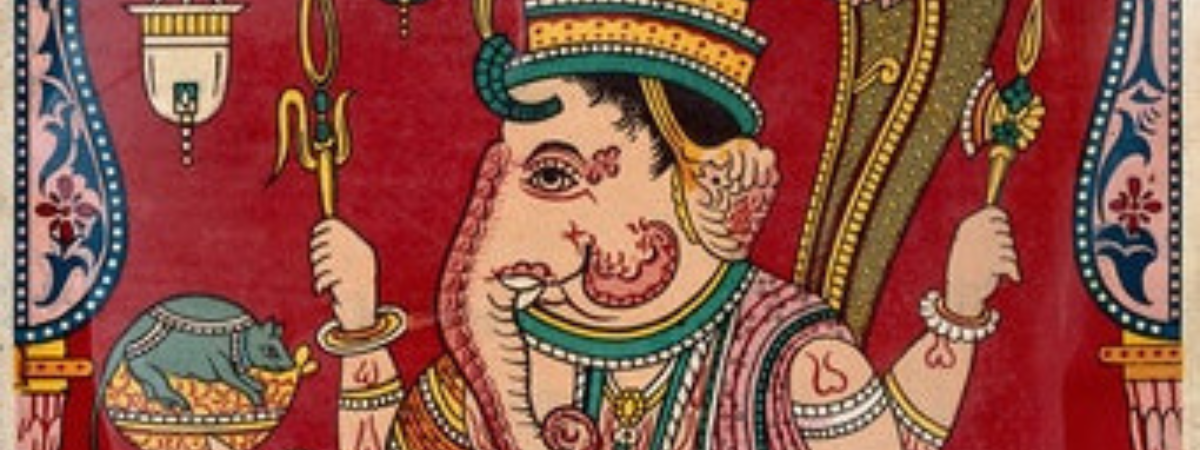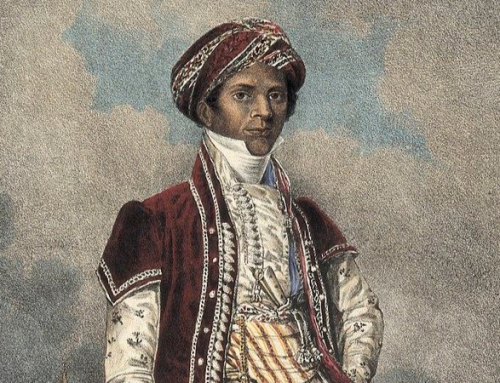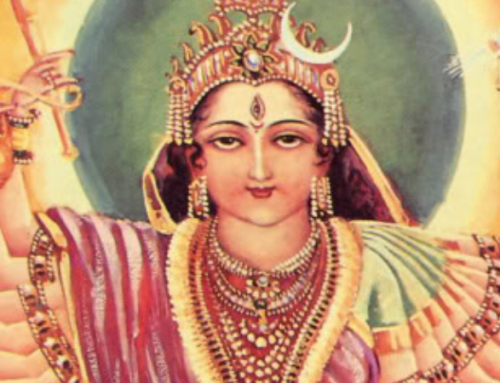
Know Your History And Live With Reality!
Recently I watched Te Ata, a biopic about Mary Frances Thompson Fisher, an actress and citizen of the Chickasaw Nation. Using the stage name Te Ata, she became well known known for telling Native American stories, performing at various venues including at state dinners in the White House. She was inducted into the Oklahoma Hall of Fame in 1957 and was named Oklahoma’s first State Treasure in 1987.
Oklahoma’s first State Treasure! That’s big! And yet when I lived in Oklahoma in the ‘60s and ‘70s I never heard her name. Accordingly, I felt called to try to make her story and her movie more widely known, that she may however belatedly receive a little more of the recognition that she so richly deserved.
Another story worth recounting is that of Naya Nuki.
Naya Nuki and her childhood friend Sacagawea were both kidnapped from their Northern Shoshone band by Hidatsa warriors, who carried them more than one thousand miles east. After deciding to try to return to her family and failing to induce Sacagawea to accompany her, Naya Nuki set out on a successful solo trek back home. Incredibly, the two met again when Sacagawea was traveling with the Lewis and Clark expedition. Sacagawea has at least been immortalized on a $1 coin, but how many remember Naya Nuki and her own intrepidity?
Naya Nuki’s lonely journey pales somewhat though before that of a woman known to history only as Juana Maria, a name assigned to her by those who rescued her from an incredible eighteen years of living alone on the island of San Nicholas which lies off the Southern California coast. She was the last surviving member of the Nicoleño tribe, and her heavily fictionalized story is told in the novel Island of the Blue Dolphins.
In contrast, Quanah Parker’s life much-better-documented life has been the subject of several books, including particularly Empire of the Summer Moon. Quanah was a success first as a Commanche war chief and later as a rancher; he both appeared in a silent film (The Bank Robbery, 1908) and was one of the founders of the Native American Church.
It was in describing the activities of the Native American Church that Quanah delivered his most famous quote: “The White Man goes into his church and talks about Jesus. The Indian goes into his tipi and talks with Jesus.”
We can hope that Quanah’s own story will one day reach the silver screen. In the meanwhile, I am looking forward to the November 2022 release of Killers of the Flower Moon, the film version of the book of the same name, which chronicles the murders of wealthy Osage people in Oklahoma in the early 1920s that were solved by the newly-created FBI. The $200 million budget is reportedly the largest amount ever spent on a movie filmed in Oklahoma. It’s a story that has cried out to be told, as has the story of Te Ata. May more such stories spread widely! When we know our history more accurately we get a clearer picture of Reality, and living with Reality as best we can is essential if we want to work productively with our karmas.
May you benefit from knowing your history and living with Reality!


